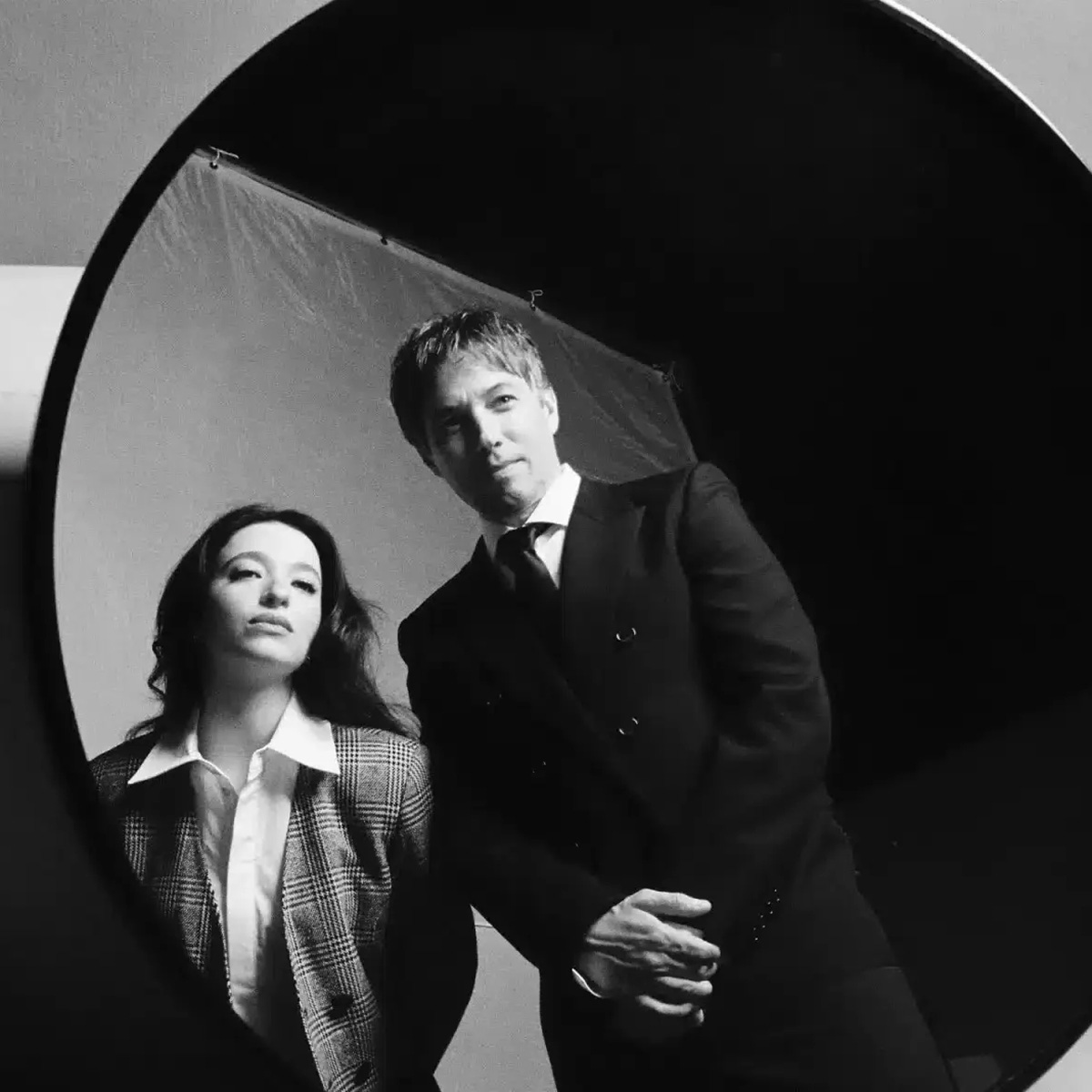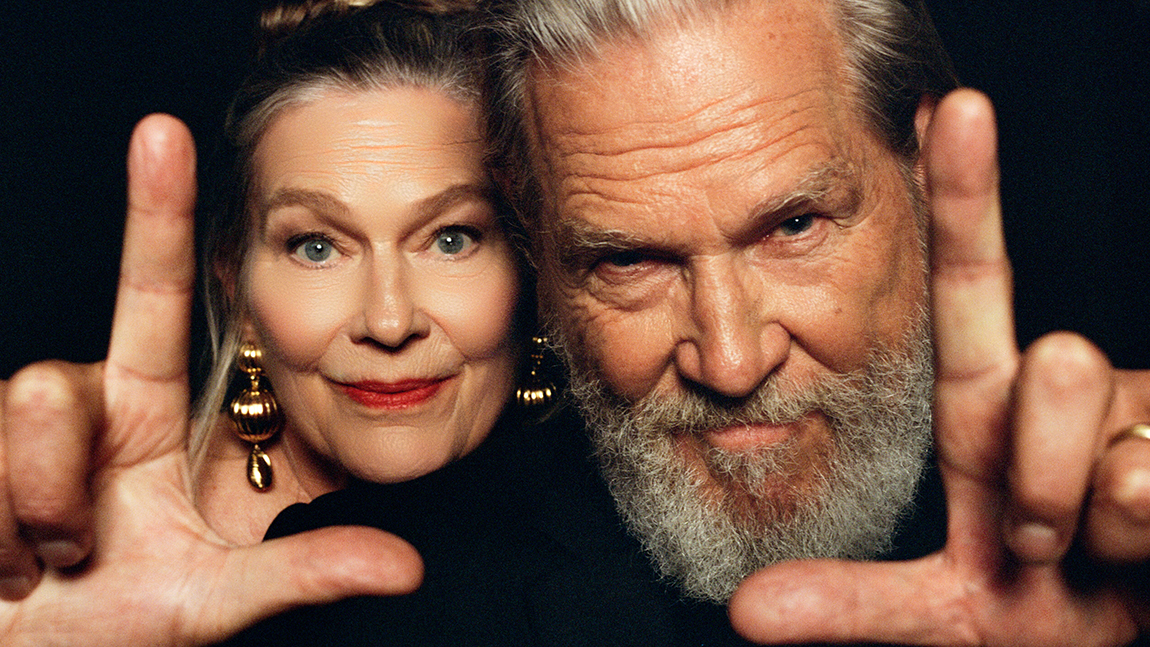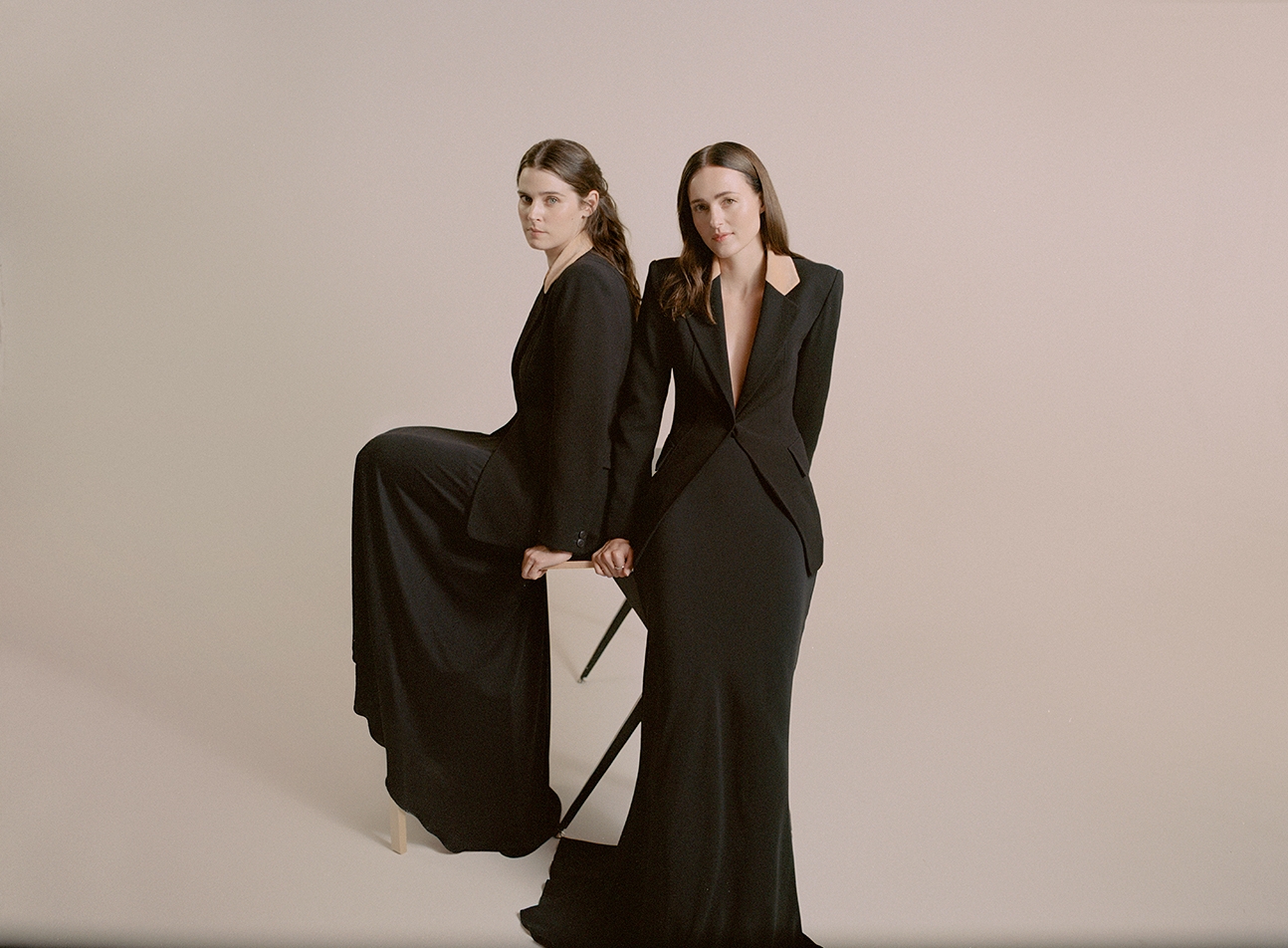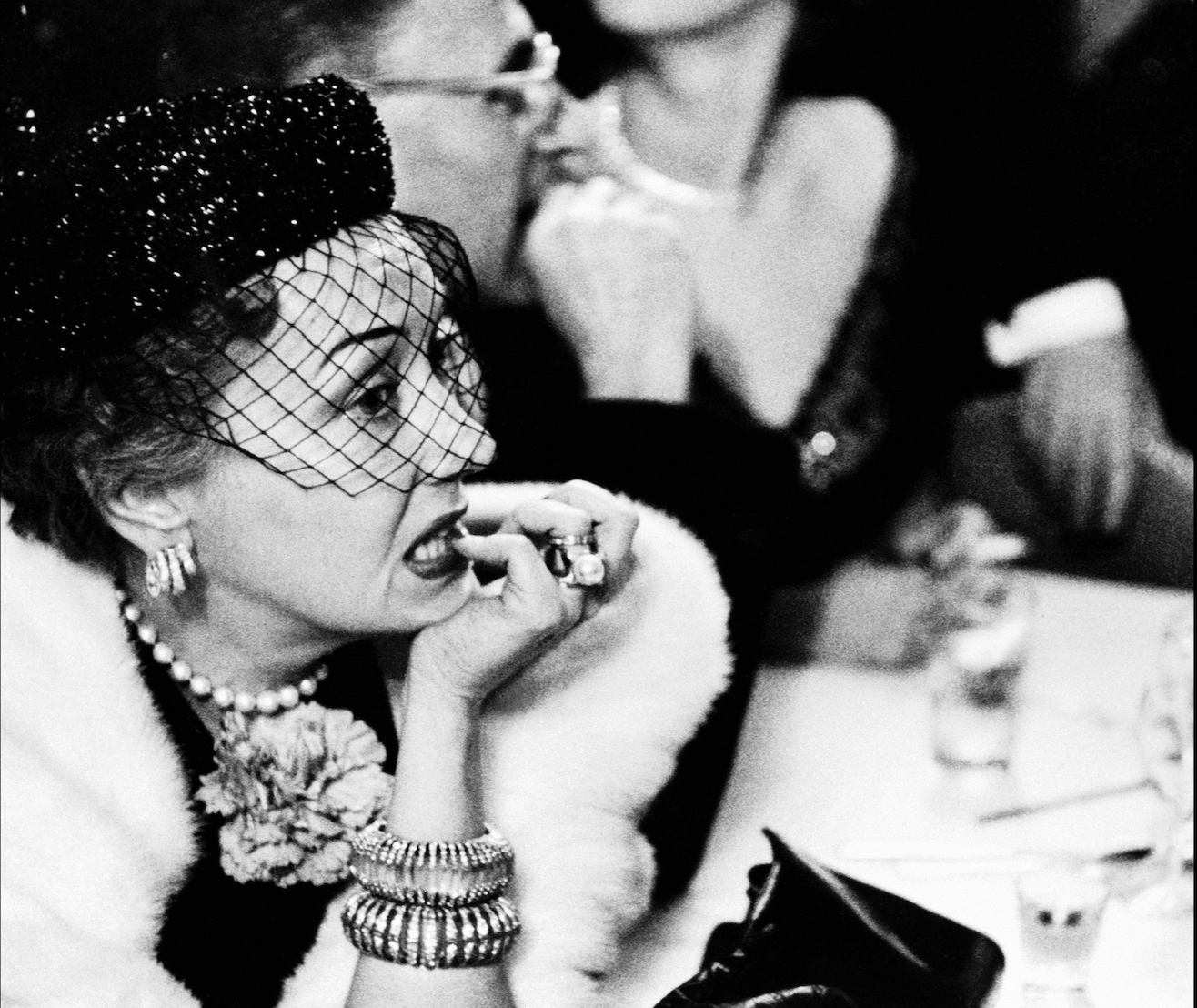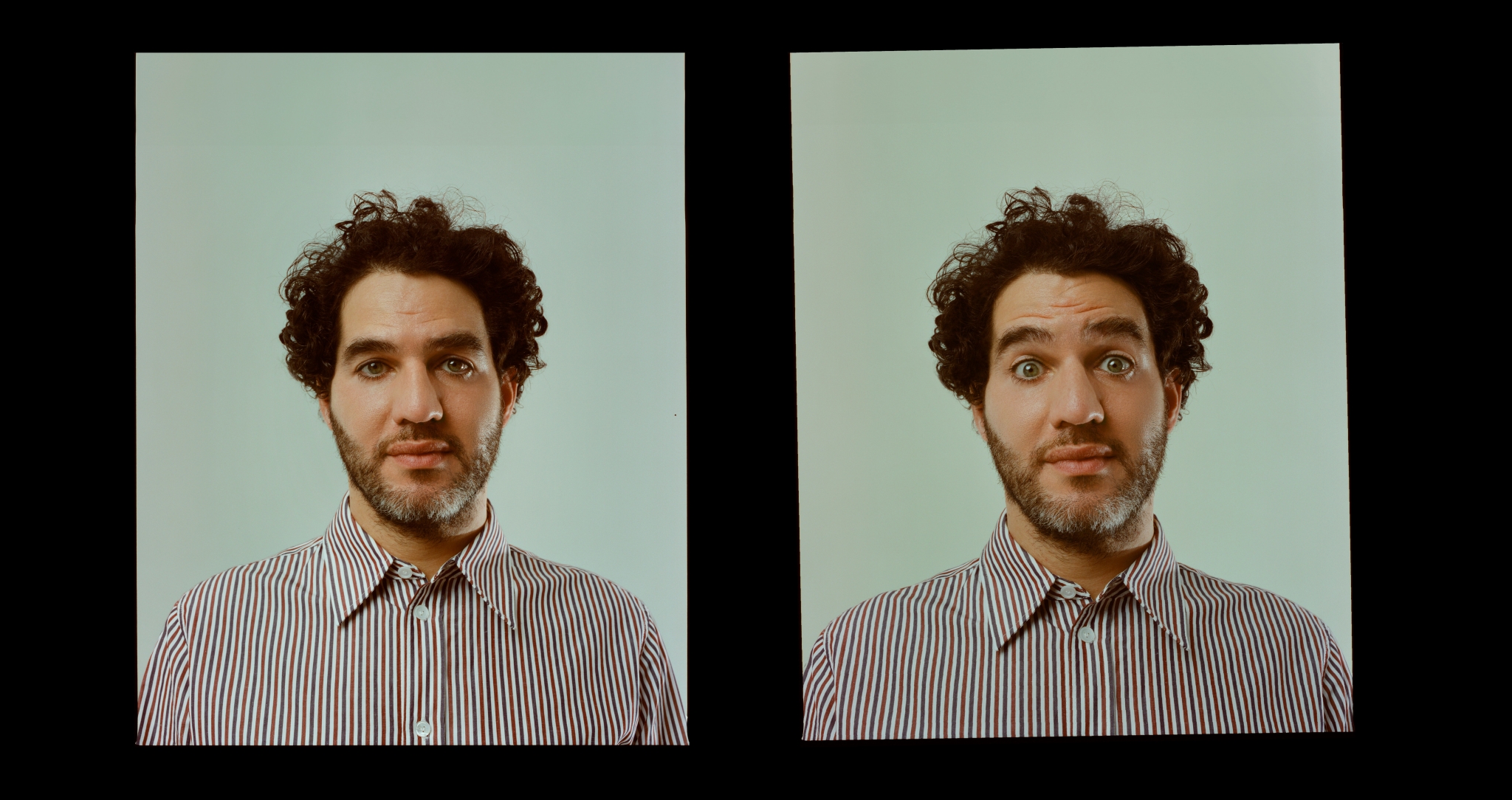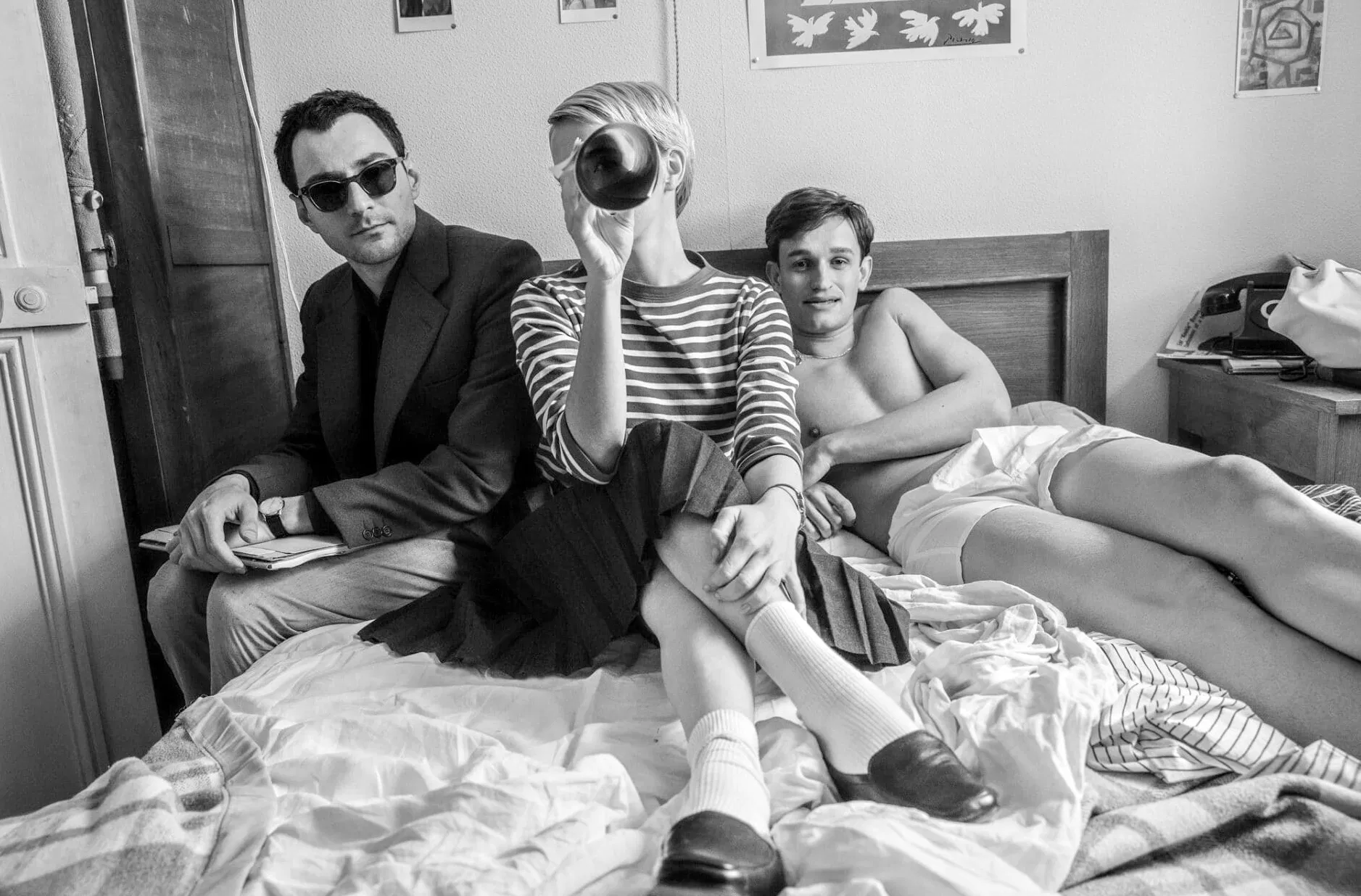
The Dazed and Confused director pays tribute to the most influential film of all time.
Paris, 1959. Jean-Luc Godard is at a crossroads. The French New Wave has already begun revolutionising the cinematic medium. Francois Truffaut, Godard’s friend and colleague at Cahiers du Cinema, has just made his masterpiece The 400 Blows, making Godard the last of the Cahiers film critics to try his hand at feature filmmaking. Full of ideas and itching to get behind the camera, he’s soon approached by producer Georges de Beauregard to make a movie out of a rough story treatment written by Truffaut and Claude Chabrol. Understanding this to be his only shot, Godard sets out to make Breathless, unshakeable in his vision, determined to change cinema forever.
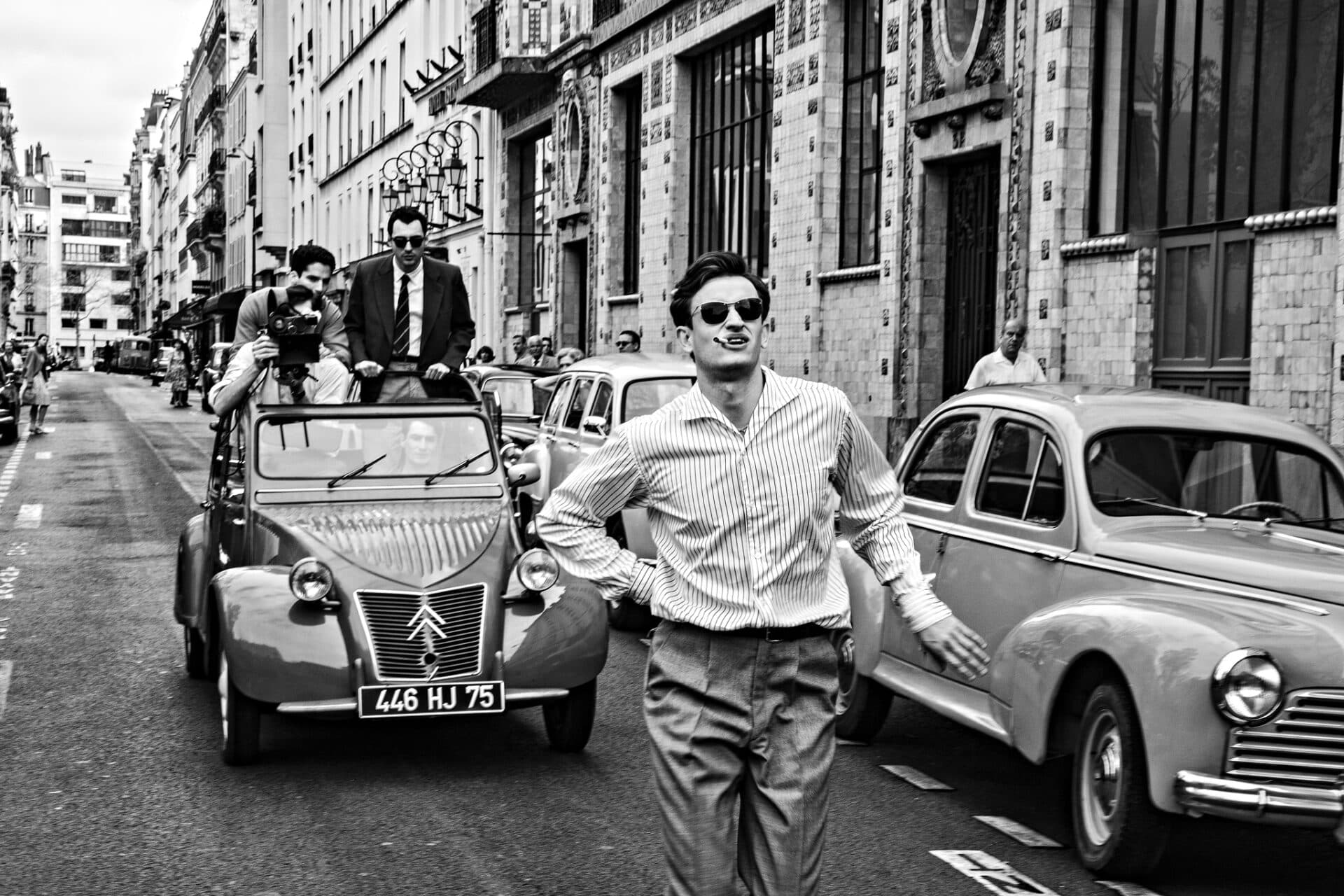
This is where we find ourselves at the start of Richard Linklater’s Nouvelle Vague, which promises to tell the story of the making of Breathless “in the style and spirit” of Godard himself. It’s admittedly a tough, if intriguing sell. Whether you’re a die-hard Linklater fan (*cough*) or not, it’s hard not to wince a little at the thought of, not just an American filmmaker, but any filmmaker tackling Godard on screen. Still, there’s a case to be made that the Austin native is actually the perfect person for the job. After all, who better to tell the story of the man who radicalised cinema in the 60s than the man who radicalised independent cinema in the 90s, with films like Slacker and Dazed & Confused?
Linklater is careful not to bite off more than he can chew here, saving himself the fumble of attempting to “solve” the man Godard was and instead approaches Nouvelle Vague like one of his hangout movies, swapping out the frat boys of Everybody Wants Some, the free-spirited high schoolers of Dazed and Confused and the aimless Gen-Xers featured in Slacker for the cast and crew of one of the most influential films of all time.
Joining newcomer Guillaume Marbeck as Godard is Aubry Dullin as Jean-Paul Belmondo, Adrien Rouyard as Truffaut and Pauline Belle as script supervisor Suzon Faye, amongst other iconic and obscure characters involved directly or indirectly in this revolutionary production. Nouvelle Vague has time for everyone from Agnes Varda and Eric Rohmer to Robert Bresson and Roberto Rossellini. The standout, though, is Zoey Deutch, transforming with fiery resolve into Jean Seberg, who at first struggles to find her footing in Godard’s unconventional style before eventually surprising the director with a moment of spontaneous, improvisational genius. Marbeck, too, proves that this is no cosplay job—it’s a joy watching him as Godard, breaking all the rules, reinventing the medium in his own image.
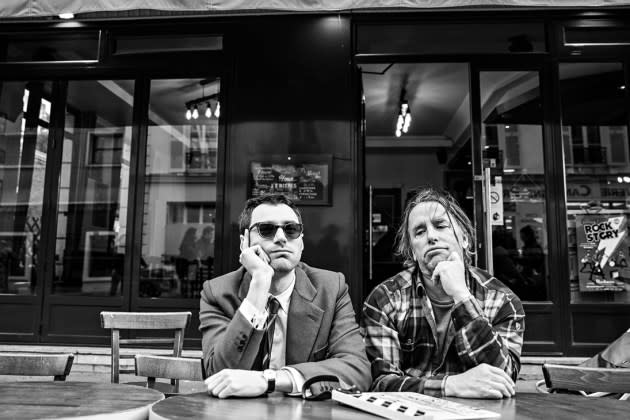
“[Linklater] approaches Nouvelle Vague like one of his hangout movies, swapping out the frat boys of Everybody Wants Some, the free-spirited high schoolers of Dazed and Confused and the aimless Gen-Xers featured in Slacker for the cast and crew of one of the most influential films of all time.”
Not everyone will gel with Nouvelle Vague. In one of the film’s early scenes Italian director Roberto Rosselini waxes philosophical to a room of starry eyed Cahier critics-turned-directors, declaring that cinema is only worth something when it has something to say. If a film isn’t urgent and necessary, it may as well not have been made at all. It’s on those grounds that many will disregard the film, and they may have a point.
On the other hand, what better time is there than the present—where empty, algorithmic slop dominates our screens—to remind audiences of the revolutionary movement that was the French New Wave? It’s true that there’s no overt sense of urgency to Nouvelle Vague. It’s light and playful, with Linklater unconcerned with saying much more than what the narrative demands, preferring instead to simply enjoy the time he has with these characters. But if it happens to encourage the casual, uninitiated moviegoer to seek out the films of Godard, Varda, Rohmer, Truffaut and the other auteurs of the wave, then perhaps that’s enough to justify its existence. Nouvelle Vague may be nothing more than an delightful cinematic experiment, but the hope is that it offers mainstream audiences a reminder of what the medium is capable of at its unadulterated peak. It doesn’t contain the multitudes of Breathless, but there’s certainly some urgency in that.

